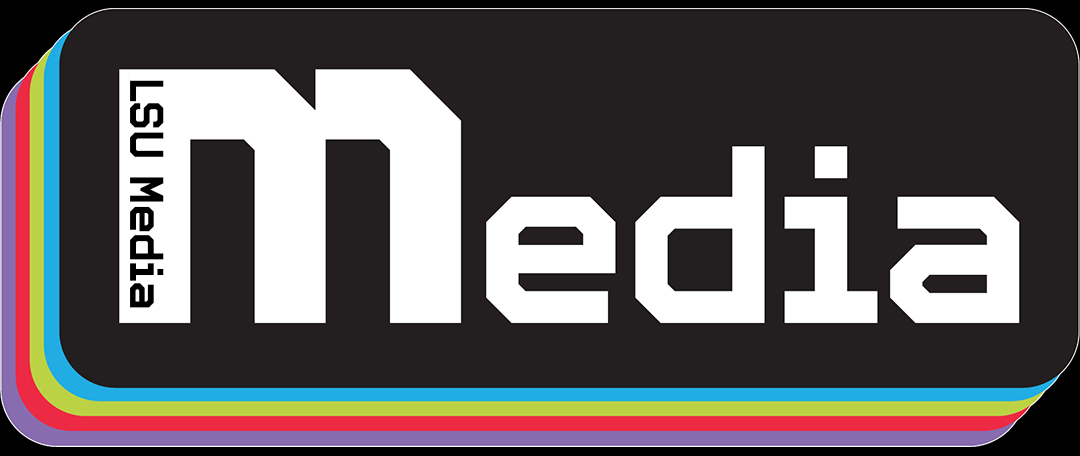Bruce Springsteen talks about the first time he heard Dylan’s ‘Like a Rolling Stone’; “on came that snare shot that sounded like somebody’d kicked open the door to your mind”. 25 years ago today, a generation of teenagers and older rockers frustrated with the risible excess of 80s hair bands were given the same violent wake-up call by ‘Smells Like Teen Spirit’, Cobain’s iconic opening chords broken by Dave Grohl on the drums, picked up and driven on by bassist Krist Novoselic. Think about it; this song contains undoubtedly one of the most widely-heard and recognised hooks in the popular music history. Even if they’re not sure who it’s by, you’ll be hard pressed to find anyone with even a passing interest in music that’s never heard it. Even as Cobain was slipping ever deeper into suicidal depression, he must surely have broken a wry smile now and then at the thought of getting anything even remotely hardcore playing on millions of televisions in suburban homes and on the radios of soccer mom minivans across America.
You certainly don’t have to have been a teenager in 1991 to appreciate the weight of Nevermind’s importance, and not just as a document of Western pop culture. There hasn’t been a single mainstream album since that comes close to its sheer punk ferocity and very few before. It quite simply should not have been so successful, but it was, and this is due in no small part to the undeniable pop sensibility lurking beneath the greasy hair, flannel shirts and scruffy jeans. For those of us whose musical upbringing generally avoided syrupy pop-punk as a gateway to heavier genres of American rock/metal, Nevermind walks a tightrope for 50 minutes, not once falling into the morass of guitars and crashing drums that (rightly or wrongly) characterises that world of ‘heavy’ music in our minds.
Cobain pulls this off by avoiding any kind of preciousness with regards to genre, drawing more from Pixies, Sonic Youth and REM than anything from his contemporary Seattle grunge scene.
One of many canny songwriting techniques lifted from those influences is the Pixies’ trademark soft-hard dynamic shift from verse to chorus, creating a contrast that complements both modes. ‘Drain You’ is basically a Sonic Youth song, complete with non-standard tuning and a bracing noise-rock breakdown and build-up. Novoselic channels Kim Deal unabashed in ‘Smells Like Teen Spirit’, ‘In Bloom’ and ‘Lithium’, not coincidentally the album’s most accessible, quintessential rock songs. Quiet acoustic pieces ‘Polly’ and ‘Something In the Way’ show Kurt naked and vulnerable, hinting at the caustic mental dis-ease that follow-up album ‘In Utero’ would bear like a gaping wound. The story goes that, until his death, a stripped-down acoustic-based collaboration was planned between Cobain and his hero, REM frontman Michael Stipe, making these two tracks a further painful reminder of what might have been for such a talented young musician.
The pop-rock masterstroke of the album is Come As You Are, Cobain’s effects pedals producing an almost synesthetic effect; the guitar riff glimmers with a chrome sheen, a testament to the value of creative ingenuity and texture, earnest expression over technical prowess. Essentially that is the core ideology of punk, from which Nirvana and their influences hail far more so than heavy metal or even grunge. It proves to the hipsters that you don’t have to sacrifice intensity and loudness for accessibility, and surely cemented Kurt Cobain as one of the great young songwriting talents of mainstream music that was ultimately lost far too soon.
– Alex Boyd

